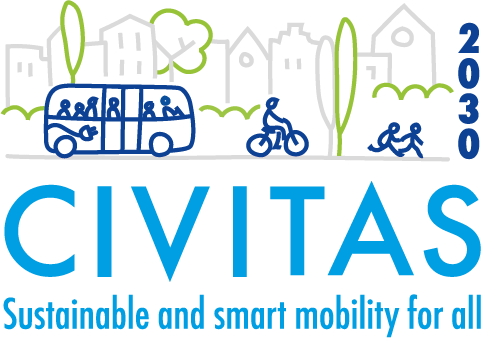
Gothenburg, Sweden
Gothenburg is the second-largest city in Sweden. The city has been ranked as the world’s most sustainable city for the last six years according to the Global Destination Sustainability Index. Gothenburg is also known as a leader in transport innovation, pioneering initiatives towards electrification, smart cities, and new mobility services. The city is also setting a ‘Green City Zone’ to test new technologies for vehicles and infrastructure aiming to achieve emission-free transport by 2030.
Gothenburg's REALLOCATE twin city: Tampere

LAB 1 - Safe System Approach for children’s active travel in peri-urban areas
Location: Bergum Gunnilse
In the neighbourhood of Bergum Gunnilse key mobility challenges concern insufficient lighting and a lack of pedestrian and bicycle paths; as a consequence, many prefer to move around by car.
The pilot explores how to transition towards more sustainable modes of transport and enable children to safely travel to school, participate in hobbies and actively move around their community. Key actions involve creating the following:
- A ‘Virtual mobility hub’ with e.g. a database of car-pooling schedules, combined with infrastructure measures, such as improved lighting, decreased speed limit, co-creating safety solutions and new ways to understanding safety.
- A Safety System Approach (considering vulnerable road users, road infrastructure and vehicles) to transition towards a more sustainable commute, and towards a ‘15-min village’ concept, replicable to other peri-urban areas.
LAB 2 - Seamless travel, citizen engagement & nudging tools in a complex mobility hub
Location: Korsvägen junction
Korsvägen is a complex and busy intersection, with a multi-modal mobility hub, high mix of transport modes and constant flow of people. The intersection is perceived as ‘unsafe’ and has an additional obstacle - the long-term construction site of Västlänken.
This pilot aims to transition to seamless travel through the reallocation of public space, behaviour nudging and geofencing to discourage car use. The main actions encompass:
- Focus groups with citizens to understand their experience of the area leading to co-design solutions
- Data collection regarding accidents and injuries
- Testing of different tolling demand management strategies to maximise impact on safety and emissions
- Simulation of virtual reality complex physical interventions
- Dynamic space reallocation involving removal of parking space in favour of cyclists, e-scooters and pedestrians
- Regreening of surfaces
- Awareness raising campaigns for emission-free cultural events

This project has received funding from the European Union’s Horizon Europe programme under grant agreement No. 101103924. Views and opinions expressed are however those of the author(s) only and do not necessarily reflect those of the European Union or the European Commission. Neither the European Union nor the granting authority can be held responsible for them.


REALLOCATE is a project under the CIVITAS Initiative, an EU-funded programme working to make sustainable and smart mobility a reality for all, and contributes to the goals of the EU Mission Climate-Neutral and Smart Cities.